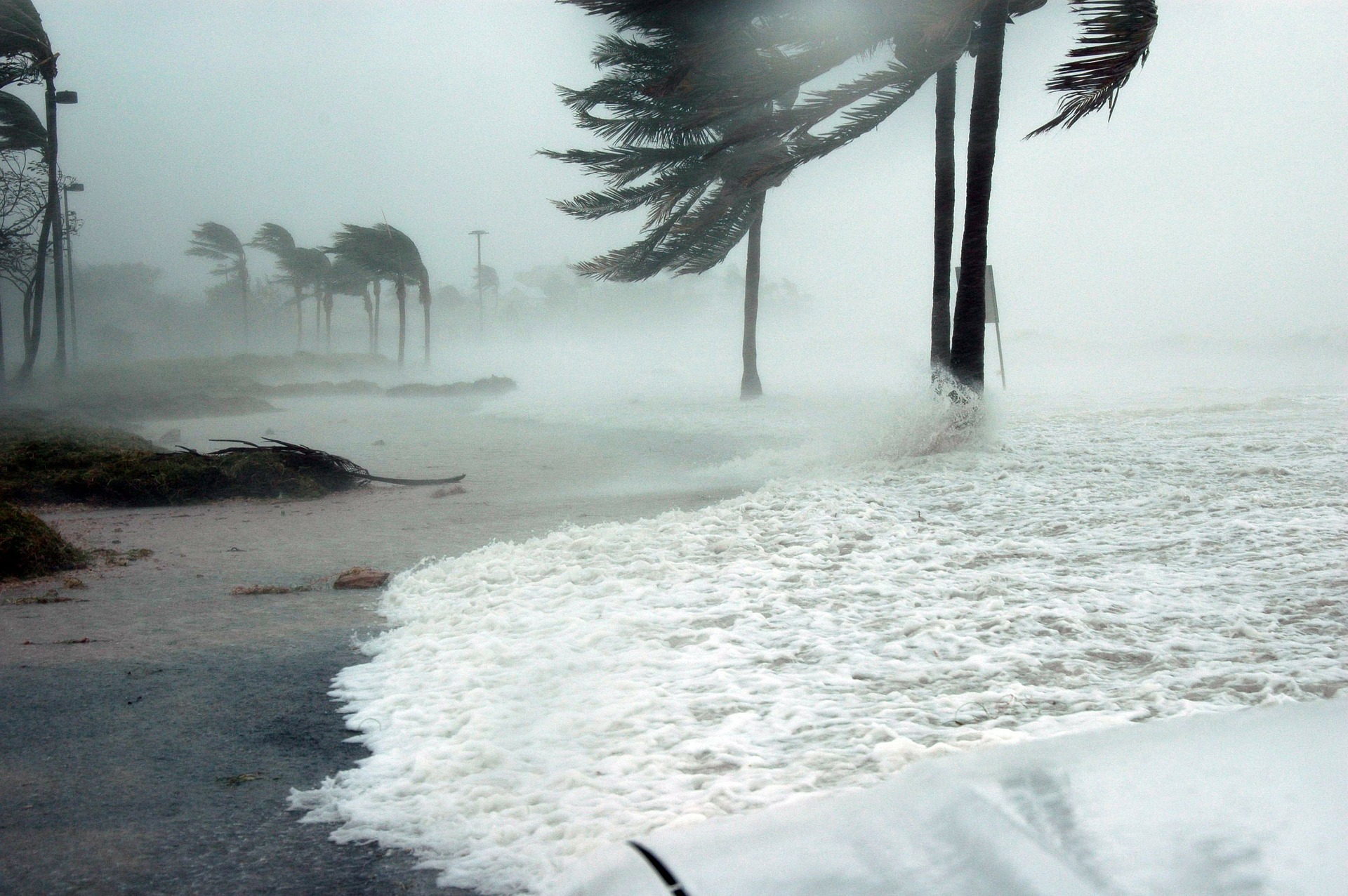
Long-time residents of the Sarasota area are well-versed in preparing for hurricanes. Although we have not had a major direct hit of a massive storm in many decades, the proximity of hurricanes such as Harvey and Irma are stark reminders of what could possibly happen in our area.
Building storm resistant homes is largely a function of the Florida Building Code, which undergoes changes every three years; but saw it’s most sweeping changes after Hurricane Andrew in 1992. The changes implemented in subsequent years were geared to protect life and property against these catastrophic events. Since that time, custom home builders have continually updated their materials and techniques to better protect the homeowners that purchase their product.
Features of Storm Resistant Homes
Bracing The Roof: After Andrew tore through South Florida, the building code was drastically revised. New home builds in coastal areas are required to implement a continuous load path which directs wind loads on the roof and walls down to the foundation. This is accomplished through the utilization of tie-down straps, hurricane clips, J-bolts, expansion bolts, cable ties and plates. Other strategies include strengthening gable ends and minimizing roof overhangs. Studies have shown that the type of home which holds up the best against a major storm is a one-story structure with a moderately sloped hip roof, featuring baffled and soffit ridge vents.
Newer innovations in roofing design include:
- A new truss screw with fully-threaded shanks for fastening trusses and rafters to plate connections.
- 9 or 10 foot sheathing panels (rather than the standard 8 foot panels) eliminate possible moisture penetration at the former seam.
- Spray polyurethane foam, applied to the underside of the roof, seals the roof from air penetration and acts as a glue, helping the roofing system to stay put during a storm.
Bracing for Impact: Flying objects which penetrate doors or windows can cause a wind tunnel effect in the home, destroying the interior and often removing the roof from underneath. Storm resistant homes now feature reinforced, impact-resistant windows and doors, hurricane shutters, pull-down PVC shutter systems or high-impact synthetic window shades. Advanced framing systems, combined with structural panel sheathing, adds strength to walls. Other innovations include high-density wallboard with embedded mesh, pre-cast concrete wall systems, and reinforced garage doors designed to withstand 180 mph winds.
Did You Know? According to FEMA, impact-resistant products should be able to survive a 12-foot two-by-four being shot at them at 100 miles per hour. That’s strong!
Staying Dry: When a major storm is bearing down on a community, much attention is paid to the winds – when in fact, it is most often the water and flood damage which is most dangerous to lives and property. Currently, storm resistant homes may be built with sealants, waterproof membranes and rain-screen systems; while utilizing mold and mildew-resistant materials can reduce long term damage resulting from water intrusion.
Protecting a home from flood waters generally requires the design of the home to include reserving the home’s lower level for parking or storage only. FEMA has published guidelines for on-grade breakaway walls to surround these “open” lower levels, as well as using open web floor trusses to prevent mold. Water-resistant barriers attached to roof sheathing has also received a lot of attention in recent years.
Building the home on stilts, pier foundations or on a raised platform is a proven way to protect it from flood waters which rage below. Such features help to reduce insurance rates as well. Properly built, these storm resistant homes will also allow the winds to flow around, over or under the structure.
Florida building codes are updated continually – and the full effect of lessons learned from Hurricanes Irma and Harvey is yet to be seen in the construction industry. But you can be assured that Lindahl Construction is dedicated to building strong, storm resistant homes, designed to withstand these types of weather events as they occur. Call us today for more information on building your Sarasota or Longboat Key area custiom home.




